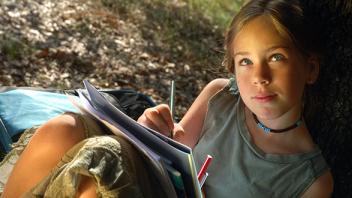Observations occur when we can see something happening. In contrast, inferences are what we figure out based on an experience. Helping your child understand when information is implied, or not directly stated, will improve her skill in drawing conclusions and making inferences. These skills will be needed for all sorts of school assignments, including reading, science and social studies. Inferential thinking is a complex skill that will develop over time and with experience.
Practicing inferential thinking
Families can create opportunities to practice inferential thinking. Below are a few ways to help familiarize your child with this way of thinking and learning:
Explain to your child that we make conclusions about things and draw inferences all the time.
Draw a conclusion together and then talk about what clues were used to come to that conclusion. For example, Erin played outside today. How can we tell? Muddy shoes, jump rope on front porch, water bottle out. Dad seems tired tonight. How can we tell? He’s rubbing his eyes, he’s on the couch, he was yawning at the dinner table.
Paper bag mystery person
Put a few items into a brown paper bag. Tell your child the bag belongs to a certain type of person. Their job is to tell you something about the person. Then, take out each item one by one and talk about it.
- Example #1: goggles, a swim cap, a swim ribbon, a stop watch
- Example #2: a bookmark, a library card, a stuffed animal, a book
Wordless picture books provide your child with practice using clues to create meaning.
There are no wrong stories with wordless picture books, only variations based on what the “reader” sees and puts together. Rosie’s Walk, Good Dog, Carl, and Beaver Is Lost are all interesting and fun wordless picture books to explore.
Play twenty questions!
This familiar word game helps build inference skills. As your child develops skill with the game, encourage him to avoid asking direct questions like, “Is it a dog?” Rather, encourage him to ask broader questions, “Does it walk on four feet?” Then, when your child figures it out, ask him to tell you the clues that lead to the right answer.
Create scenarios in which your child must use what they already know to predict an outcome.
For example, growing seeds. Present your child with various scenarios (a seed will be given water and sunlight, a seed will get no water, a seed will be in a dark room). Ask your child to predict whether the seed will grow. Help your child become aware that she used information she knew about growing seeds, combined with new information, to fill in information about the seeds.
Learning to draw conclusions and inferences is a skill that develops over time. The skill requires children to put together various pieces of information, and relies on good word knowledge. Help your child develop skill by providing experience with inferential information, making implied information more clear, and helping your child draw conclusions based on the evidence.
Recommended children’s books
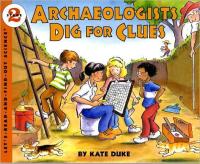
Archaeologists Dig for Clues
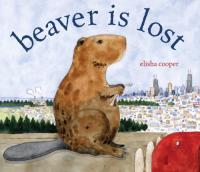
Beaver Is Lost
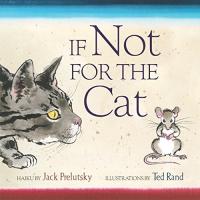
If Not for the Cat

Home

What Do You Do with a Tail Like This?
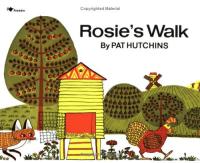
Rosie’s Walk
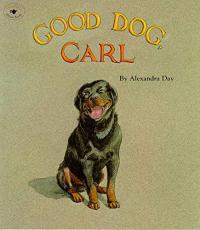
Good Dog Carl
Download this article in Spanish
Subscribe to Growing Readers!
Get our free monthly parent tips — in English and Spanish — delivered right to your inbox!
